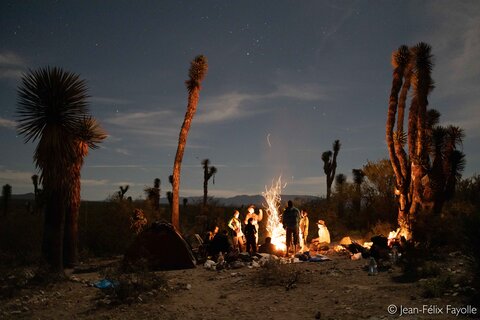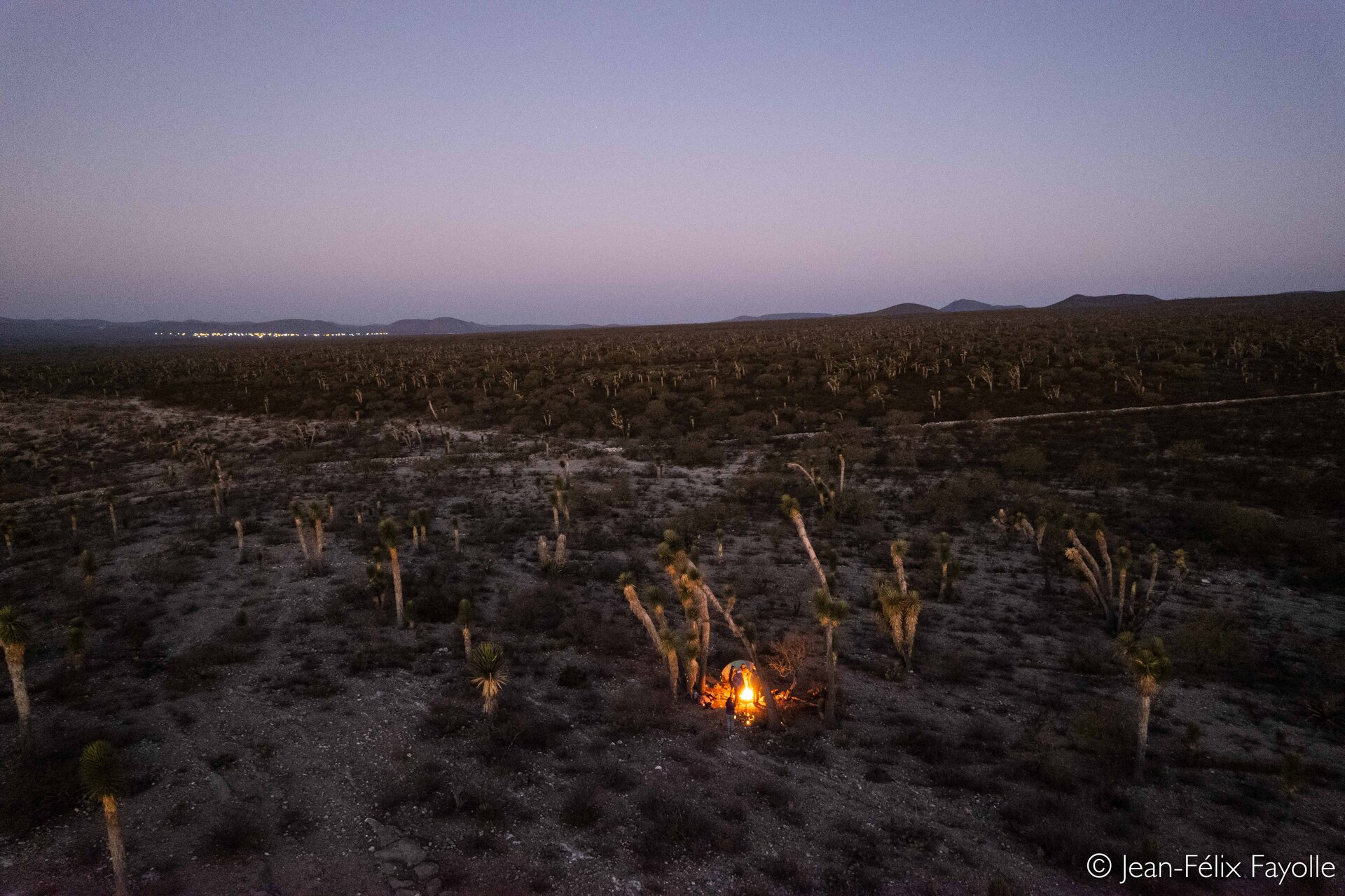From the neighbourhood to the desert
Between spirituality and a return to nature, the trajectories and experiences of working-class youth in Mexico. San Luis Potosí


Winning project 2023 of the "Arts & SHS" call
Published at 13 March 2025


